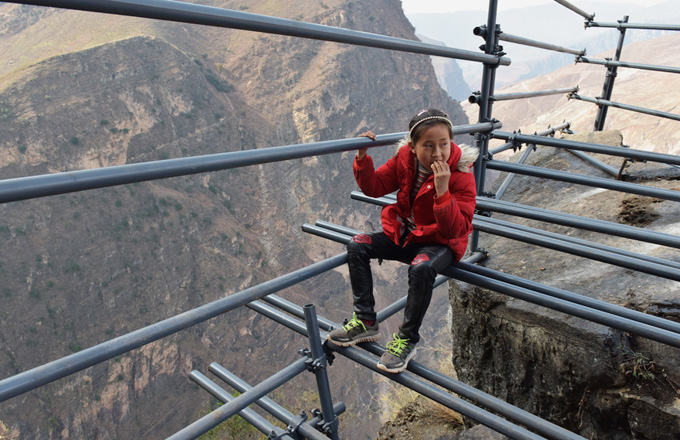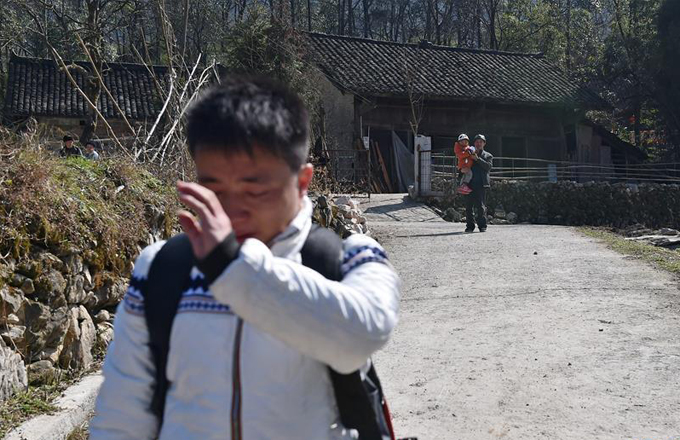China maps out blueprint to harness Yellow River
ZHENGZHOU - China will build three more large-scale reservoirs on the troublesome Yellow River, the nation's second-longest river, after authorities gave a green light to a harnessing plan earlier this month.
After six years of programming, the State Council, or China's cabinet, has approved the Comprehensive Plan for the Yellow River Basin (2012-2030), focusing on solving the problems of the Yellow River from now to 2030.
According to the plan, the three new reservoirs will be Heishanxia, Qikou and Guxian.
The Guxian Reservoir is expected to completed around 2020. The Qikou reservoir will be built after Guxian and construction plans for the Heishanxia reservoir are still in the making.
The newly approved plan will mainly focus on water and silt control, flood prevention, water and soil erosion prevention, water resource allocation and utilization, water resource and water ecology protection and the drainage areas' comprehensive management.
The further development of the Yellow River, as well as programs for irrigation and shipping, are also part of the plan.
The Yellow River, known as China's "Mother River" and the cradle of early Chinese civilization, runs through nine provinces and autonomous regions and empties into the Bohai Sea in East China's Shandong province.
With a length of 5,464 km, the Yellow River waters 12 percent of China's 1.3 billion population, 15 percent of its farmland and generates about 14 percent of its GDP.
"The Yellow River lacks water resources and the water supply obtained from the river at present is beyond its capacity," said Chen Xiaojiang, director of the Yellow River Conservancy Commission of the Ministry of Water Resources.
Statistics show that nearly 160 million tons of sand is washed into the Yellow River each year.
Records have shown that the Yellow River dried up frequently between the 1970s and 1990s. In 1997, statistics from a hydrological station indicated that a 704-km section of river had dried up for 226 days.



















